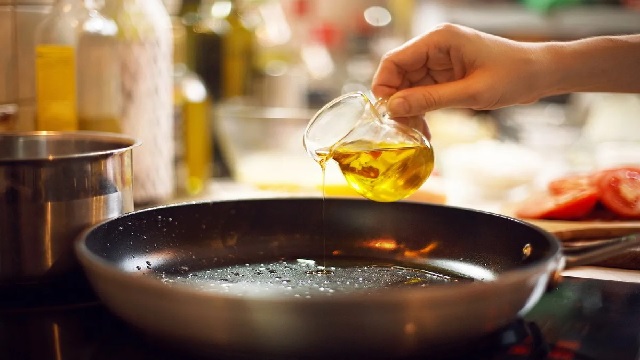Cooking oil is present in almost everything we eat or cook. Yet, apart from that, have you ever wondered what is in your cooking oils?
Most cooking oils are not created equal, and there are several factors to consider when deciding which ones to use. The flavour and types of fat that oils contain are just a few things to consider. However, the most important thing is to know about the ingredients that make up your oil.
There are numerous duplicates of sub-genre fats in the cooking oils in the market today. Some chemicals that compose the oil have been shown to cause sickness and unhealthy issues in our bodies many times in the food we eat, whether homemade or not.
In this context, the Food Safety Department has come up with a solution. We can easily tell if your cooking oil is contaminated, especially with mustard oil, which is one of the most popular cooking oils in India. There are other types of edible oil used, but mustard oil is the most common. In the villages, especially these days, only mustard oil is used.
Furthermore, numerous studies have shown that using mustard oil has a variety of health benefits. However, mustard oil is now mixed with other foods, and there is fake mustard oil on the market. It is harmful to our health because it is easily mixed with other cooking oils. Most of the time, low-quality oil is mixed with mustard oil, reducing the oil’s nutritional value, quality, and purity.
However, now you don’t have to worry because we’re going to provide you with how to find if your mustard oil is impure:
The freezing test: The freezing test is the simplest way to determine whether the oil you buy is pure or contaminated. Put some mustard oil in a bowl and place it in the fridge for a few hours. After some time, crystallisation or white spots in the oil indicate that the oil has been tampered with and that this mustard oil is fake.
The rubbing test: You can use this test to see if the mustard oil is contaminated. Apply some oil to your hands and thoroughly rub them together. Chemically impure substances are present if the oil emits any colour or has a chemical odour. This is yet another method for determining whether or not mustard oil is genuine.
Nitric Acid test: Nitric acid can be used to determine whether oil is genuine or fake. Nitric acid is required for this, and it is readily available in the market. Put a spoonful of oil in a container and add 5 ml of nitric acid to see if it is mixed. If the mixture turns yellow-orange in colour, it means that it has been mixed and the mustard oil is impure.
FSSAI has officially started a series in which it has shared simple methods for detecting adulterated foods. The series, titled ‘Detecting Food Adulterants,’ is free to watch on YouTube. Under this series, FSSAI has shared a short video on detecting impurities in cooking oils.




 Ms Kalinga
Ms Kalinga